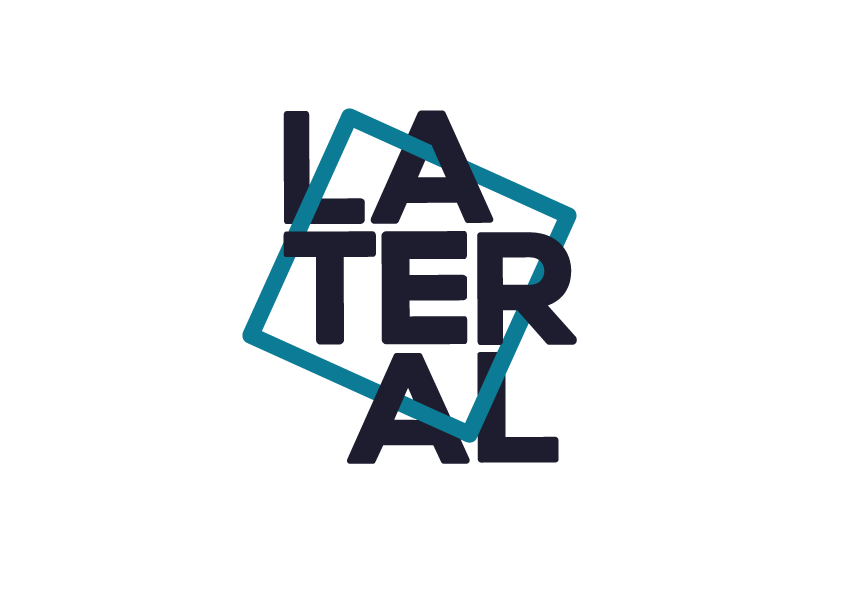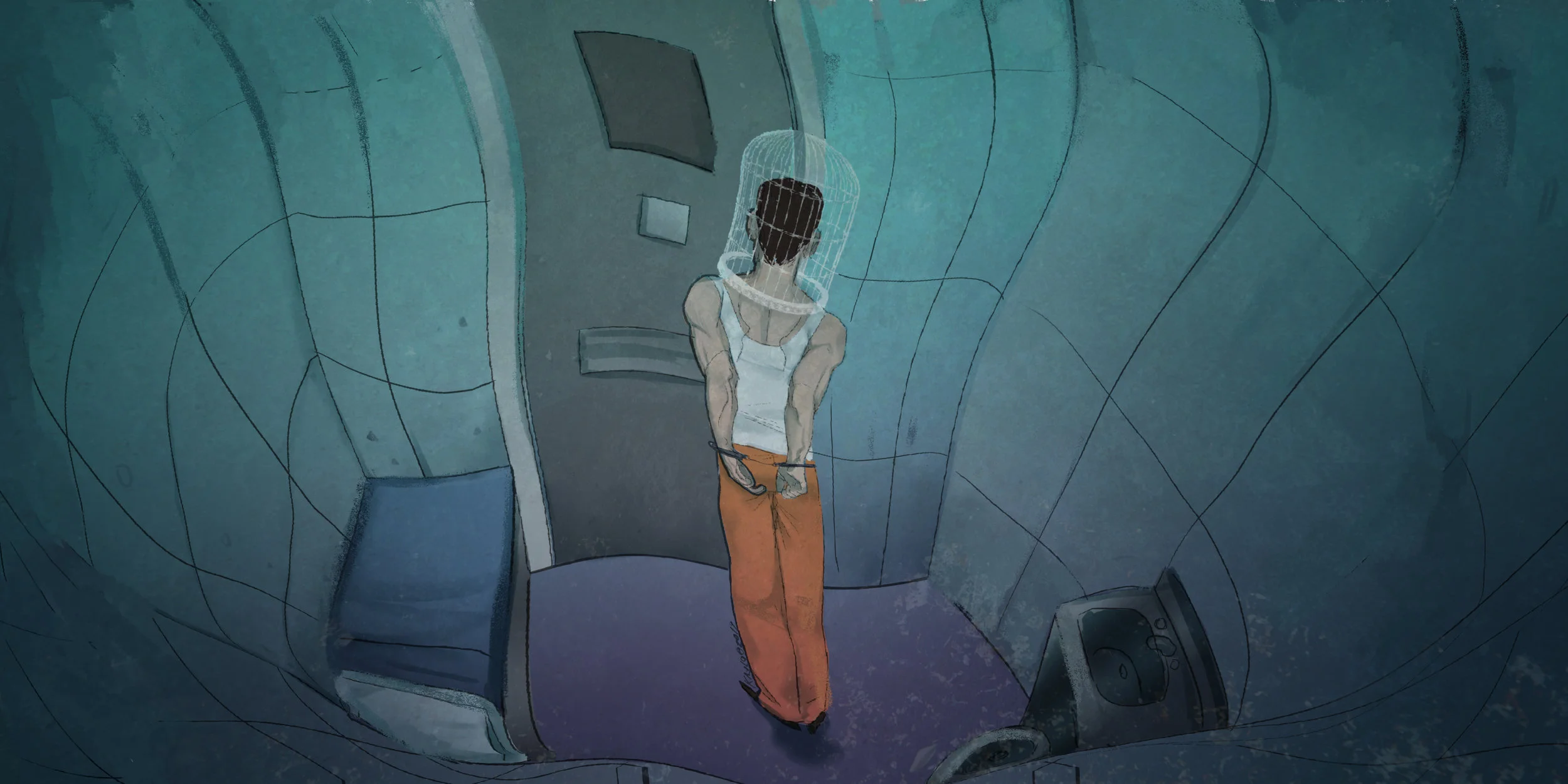August 2017
Issue 24: Blood
The lifeblood of Lateral is both art and science, so this month we thought we'd pump them both up to the max. In conjunction with the Science Gallery Melbourne's inaugural exhibition, we're covering this issue in the dark stickiness of blood. The exhibition explores the themes of taboo, stigma, identity, health, giving and future — and there's also a bunch of events.
This issue is dripping and oozing with bloody stories about the art in the exhibition, the forgotten history of circulation, whether men who have sex with men should be allowed to donate blood, early disease detection using RNA in your blood and what we can learn from those who contract HIV without ever getting AIDS.
Cover illustration by Shruti Kotecha.
Editorial
Features
What makes blood so controversial yet alluring? Artists explore this in-depth within BLOOD: Attract and Repel, the first exhibition of the new Science Gallery Melbourne
We've only just discovered that they're in our blood, but tiny strands of nucleic acid might hold the key to early disease detection.
A small subset of HIV-infected patients do not progress to AIDS, even after decades of infection. What can we learn from these anomalies?
Anyone can choose to donate their blood and save many lives. Well… almost anyone.
The Western medical history often glosses over Islamic scientists. Ibn Al-Nafis’ discovery of how the heart pumps blood is no exception.
Articles
Cognitive biases aren't confined to laypeople, but researchers have several strategies for countering the foibles of the human mind.
When you see a tiny baby or animal, do you ever get the urge to squeeze something? You may be one of many people who experience cute aggression.
Columns
Last month, animal behaviour researchers from Australia and New Zealand converged on Melbourne for their annual conference. We meet some of the early-career scientists who presented their research.







































































For a long time, science and art were treated as separate disciplines. Now, collaborations across camps are popping up to provoke scientific curiosity through artistic endeavours.